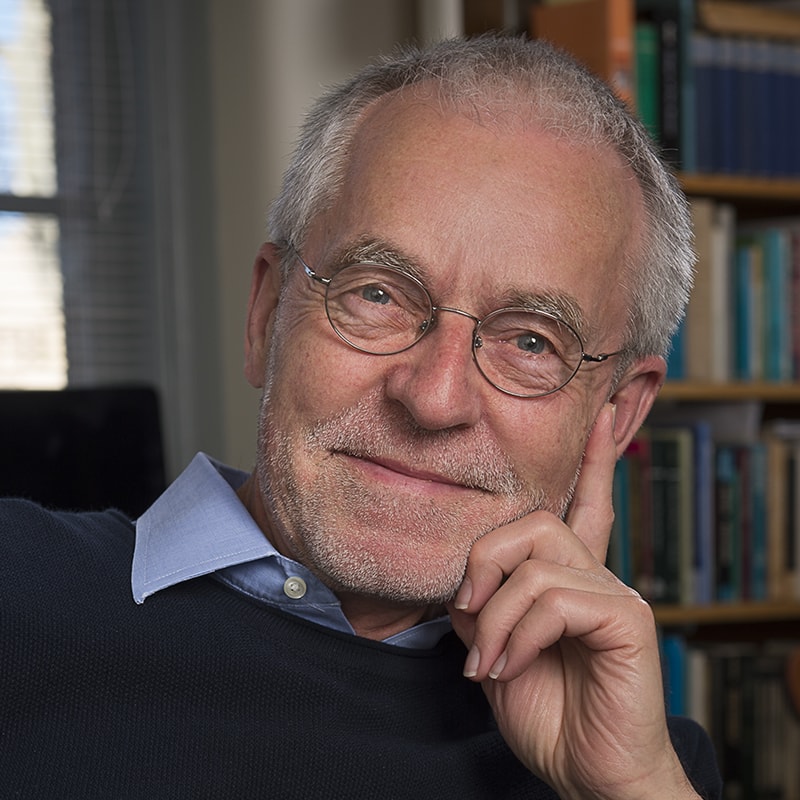Meet the Faculty
 Logic/Mathematical Reasoning
Logic/Mathematical Reasoning
80-210: Logic and Proofs
Featured Faculty: Wilfried Sieg
What do you love about developing and teaching Logic & Proofs?
It is difficult … as it is a genuine intellectual and pedagogical challenge. That challenge is faced when teaching any introductory course that uses “formal”, “abstract” mathematical tools to analyze and describe phenomena of our direct experience. That is true for the natural sciences, say physics, as well as for the social sciences, say economics. It is true also for logic where we are dealing with the rigorous analysis and description of human reasoning.
Logic & Proofs is a web-based course that supports through a rich interactive presentation the individual learning of students, especially, through work in virtual Labs. The individual learning is crucially reinforced in weekly discussion sections of small groups of students. This is a source of important feedback for the iterative improvement of both presentation and Labs, but also the place where I attempt to convey a sense of the history and significance of the subject.
After all, logic is a remarkable discipline. It is deeply rooted in the past going back to its first systematic presentation in Aristotle’s work. In its modern form, it has not only expanded Aristotelian Logic in dramatic ways, but it has also become foundational for computer science, artificial intelligence, linguistics, and cognitive science. It is, of course, deeply intertwined with philosophy and mathematics as correctness of argumentation is particularly crucial for these abstract disciplines.
What are your current research interests?
They have developed in interaction with my teaching. A constant part of my research, ever since my dissertation, is work in a branch of mathematical logic, called proof theory. It has shifted its focus from a direct connection with the foundations of mathematics to the problem of devising logical methods for the automated search for proofs in logic and beyond. (It is the underpinning for one of the Labs that supports dynamic tutoring for proof construction.)
A second constant part is the history of modern logic and mathematics. It has focused on some especially influential logicians and mathematicians, namely, Gödel, Hilbert, Dedekind, and Turing. At the moment I am working with a number of colleagues on the edition and translation of essays by Bernays; he was Hilbert’s crucial collaborator in proof theory and is among the best philosophers of mathematics of the last century.
Finally, similarly constant, is work on the very concept of computation. It is perhaps the most significant and distinctive notion modern logic has introduced in the mid-1930s. I have worked on the historical context of its emergence, its scope and limits, and a novel mathematical characterization.